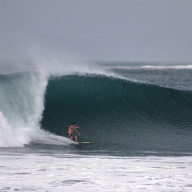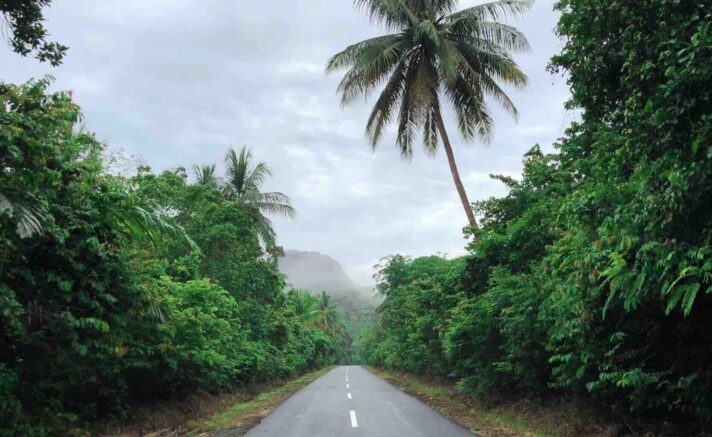In the hinterland of Guyana, on the Rupununi savannah, lies the Dadanawa Ranch. In its heyday, during the early 1900’s, it was the largest ranch in the world with thousands of heads of cattle.
While the exact size of the ranch was unknown, it was well over one million acres at nearly 2,000 square miles. That is significantly bigger than America’s largest ranch – King Ranch.
The problem with Dadanawa Ranch is that it’s extremely remote. With no well kept roads, cattle must be driven across hundreds of miles of land, and even through rivers, to market. Although today’s ranch is smaller, barefoot vaqueros still have to wrangle cows throughout this treacherous journey.
But things are about to change, and I found a way where anyone can invest in this unique situation, through a publicly listed company…
Guyana Gets Upgraded
I’ve been writing about Guyana since 2019, sharing the story of how the only English-speaking country in South America may become one of the richest nations in the world. Discoveries of offshore oil reserves are believed to be the largest of the past century.
Last month I traveled to Guyana’s capital, Georgetown, to investigate what was really going on in this frontier market. As I suspected, many of the most interesting opportunities are outside of the oil industry.
In addition to the government of Guyana receiving a percentage of oil profits, they will also be receiving massive amounts of investment from foreign corporations operating within the country. In fact, the oil drilling agreements include requirements for the oil companies to invest in the local Guyanese economy.
These investment mandates range from infrastructure (think bridges, power plants, roads, etc.) to social services (hospitals, education, public transportation, etc.). Additionally, there are private sector companies and projects that have raised capital to add to Guyana’s incredible growth.
This all means, in the coming years, the country of Guyana is going to experience massive change. Entire sectors of their economy and society are about to be ‘upgraded’ which will in turn present even more opportunities.
One such example is the construction of a new road into the hinterland of Guyana.
Hinterland Opportunities
In the past, I’ve written about investing in the ‘path of progress.’ When it comes to building an actual road, there is no better example of this investing strategy.
In the case of Guyana, there is a new road being built that will connect the coastal ports along the Atlantic Ocean with the massive interior area of fertile land. Prior to this new paved road, there has only been a dirt path that stretches hundreds of miles with multiple river crossings, some which require a ferry.

The Kurupukari Ferry on the Linden-Lethem Road
Completion of this new paved highway will unlock a new artery for the Guyanese economy to transport agricultural products and livestock, while also creating a new corridor for labor. Additionally, neighboring Brazil will gain a new route to the coast for their land-locked State of Roraima.
Even more interesting is that Guyana’s total population is just over 800,000 people, with the vast majority living near the Atlantic Coast. The hinterland, which is soon to be much more accessible because of this new road, will be an entire frontier of new business opportunities with little (or none at all) competition.
As I mentioned last month, tourism is an especially interesting industry that has yet to flourish in this country. “Considering that Guyana is a 4 hour direct flight from the US, and doesn’t even require a visa, the potential for eco-entrepreneurs is massive.”
And that’s why I’m headed back down there soon…
Oh – and about that publicly listed company: I’ll be writing about it after I check it out.




